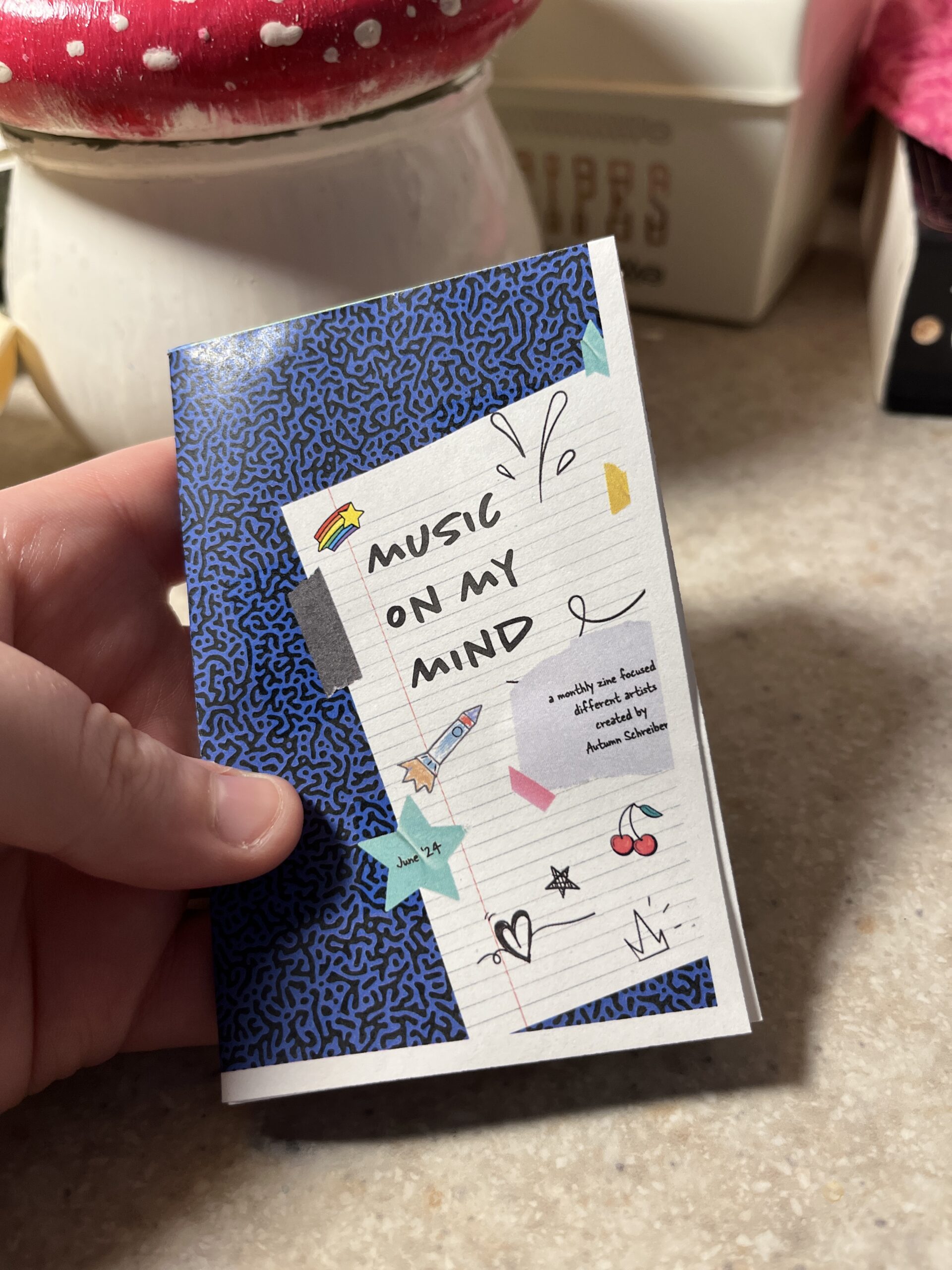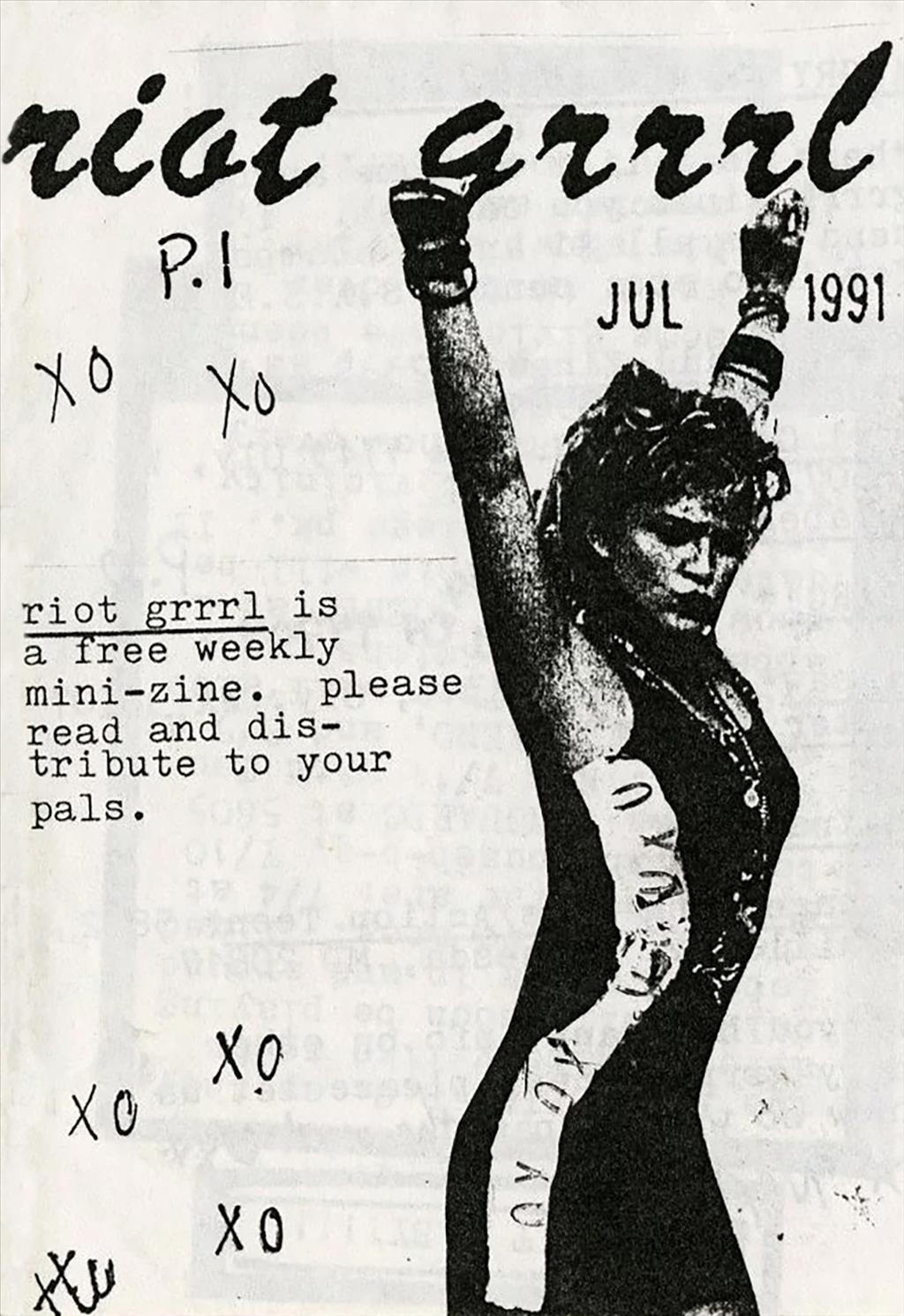Hey ya’ll! It’s about time I got back to my roots– my arts and crafts roots. I thought I’d take you along my lil craft journey.
I’ve got two of my best friends birthdays coming up and I’d really like to make them some cute cards. Instead of choosing my go-to (handmade watercolor cards), I think I’m gonna try making Victorian puzzle purse letters. They look so intricate and I’m a sucker for any letter-making thing.


A Victorian puzzle purse is basically an ornately folded letter! Kind of similar to origami.
To learn a bit more about them, click here!
I started my process by consulting google for some easy tutorials. I came across this one.
I got to work by using some old sketchbook paper, folding it accordingly, and then sketching out my designs. I wanted to keep the designs relevant to my friend. So I included little doodles of their favorite things and interests. I also wanted to make sure I had enough room for the actual message/letter.
The folding wasn’t hard, but getting the paper into the spiral/pinwheel took awhile. I watched this tutorial because it gave more direction on that part.
My finished Victorian puzzle letter!




Have you guys made anything like this? Let me know!
From the blog
Stay up to date with the latest from our blog.
-
catching up
It’s been awhile! I’ve really gotten engulfed in my internship. I started working full 40 hour weeks since the end of May. Here’s the rundown…
-
intern diaries #4
My internship has been so fun! It honestly doesn’t even feel like work. I’ve been working on a bunch of different projects. The chat bot…
-
the hiatus is over!
I’m back! I graduated and headed straight to Hawaii. Literally. The morning after graduation I was on a plane to see my sister in Oahu.…
-
finally making a dent in my to do list
After a crazy week, I’ve managed to cross most of my things off my list! So far I’ve finished: It’s hard to believe that the…






















